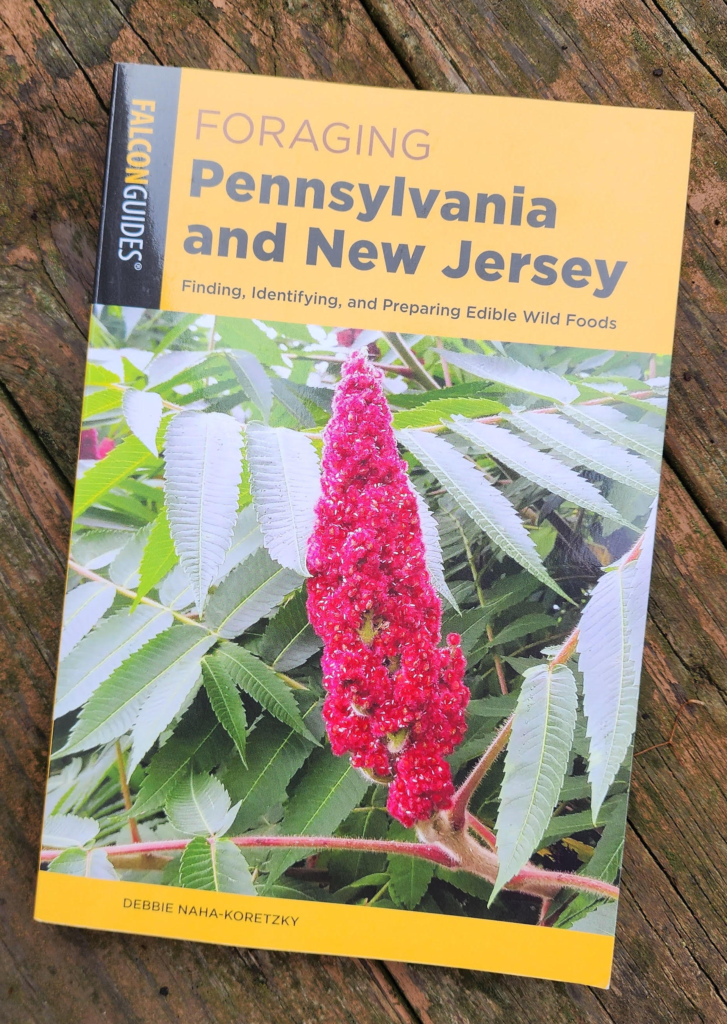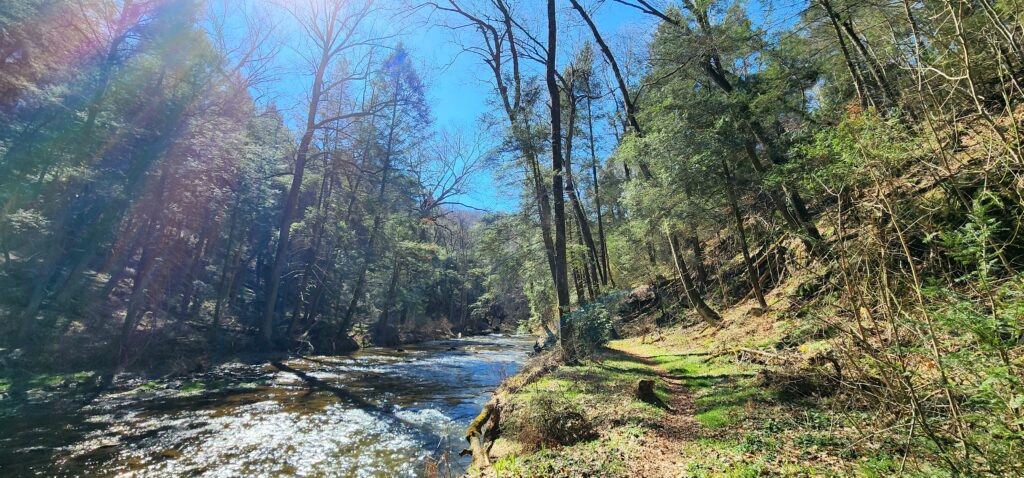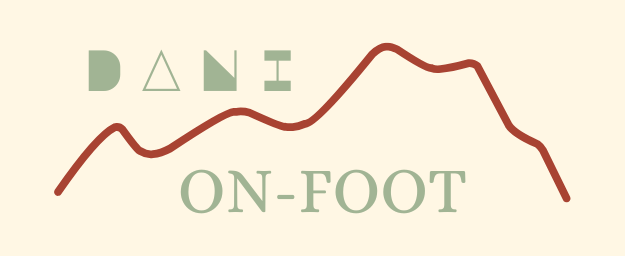Harvest Wild Food: 8 Important Foraging Tips for Beginners
A new-ish hobby of mine that has quickly become one of my favorite “on-foot” activities is foraging to harvest wild food. This is such a rewarding hobby that reconnects me with nature and allows me to explore the bounty of the natural world. It’s like harvesting the garden without all of the gardening work. It is, however, essential to approach foraging with caution and respect for the environment. I am NOT claiming to be an expert whatsoever, so from one beginner to another, these are my most useful tips to begin foraging.

#1 Cross-Reference Multiple Resources to Harvest Wild Food
The first foraging rule I set for myself was this: Always have at least two reputable resources handy to cross-reference before harvesting any wild food. While consulting with an expert would be ideal, a foraging guidebook and plant identification app also serve as valuable resources. I never harvest or consume wild food without at least double-checking, sometimes triple or quadruple checking, multiple resources. Barnes and Noble has a wide selection of foraging books. I like this one from Falcon Guides.

#2 Start With Easily Identifiable and Abundant Plants
When I started foraging, I found success by beginning with easily identifiable and abundant plants. Harvest wild food by starting with familiar species such as dandelions, violets, blackberries, and wild garlic. These plants are not only plentiful but also distinctive in appearance and safe to consume. By starting with readily available plants, you can build confidence in your identification skills while enjoying the bounty right away.
When in doubt, leave it out: If you’re not 100% certain about a plant, LEAVE IT. Do not harvest wild food at the expense of your health.
#3 Location and Seasonal Awareness
Location and season are key factors to harvest wild food. Before I venture off on a foraging adventure, it’s essential to understand the habitats of my desired plants. That way, I can also keep my eyes peeled for plants that I know are currently growing in season. Being mindful of location and seasonal changes also ensures a harvest at the optimal time when the plants are at their peak quality. This tip also further reinforces safety and identification.
#4 Take a Proactive Approach: Prepare One Season Ahead
While we are discussing seasons, I have found it is best to prepare one season ahead to successfully harvest wild food. Understanding what plants are growing where and when takes a lot more time than I originally thought. For example, before I finally learned how and when to harvest pawpaws in the fall during my first year, it was already past the peak season. If you learn everything you can in the summer about foraging for pawpaws in the fall, you’re more likely to succeed and enjoy a full harvesting season.

#5 Forage Responsibly
As with any outdoor activity, it’s important to treat nature with respect. Responsible foraging is paramount for both the sustainability of natural ecosystems and the safety of foragers. There are foraging laws that vary by state, which should be followed and respected. In the state I live in, foraging is allowed in state parks for personal consumption, unless the plant is protected. Know your laws before you go.
#6 Bare Essentials to Harvest Wild Food
On my first foraging adventure, there was me, myself, and I. At least I had pockets. I found a handful of wild berries that I held in my hand and the rest was stored in my pockets. Yes, it made a mess. Now, I carry just the bare minimum, which includes my identification book, paper bags, extended clippers, and a backpack to hold my goodies. That is pretty much all that you need.

#7 Join a Community
Depending on where you live, there may be foraging groups which is a great way to learn, practice safety, and share a hobby with others. In the foraging groups near me, there is a wild food expert who leads the foraging walks, which is a nice experience to fully enjoy the process. If you don’t have access to any local groups, there are also tons of Facebook groups where you can share your harvest and learn from others.
#8 Enjoy Nature First and Foremost

I enjoyed nature first and started foraging second. I began learning about different plants when I noticed myself becoming curious. My journey to foraging began while I was trail running. Before I knew it, I was stopping every 5 feet trying to discover everything I came across. I always thought plant identification and foraging would be a useful skill to learn if I were ever stranded in the wild somewhere. This may have been a subconscious survival instinct to start foraging.
From one beginner to another, I hope these tips helped you at least get your foot out the door as they did for me. I started foraging last year, so I still have A LOT to learn. As a beginner, this journey seems daunting, but by arming myself with knowledge, caution, and respect for nature, it has become a fulfilling adventure. If anything, remember to start small, hone your identification skills, and always prioritize safety.

